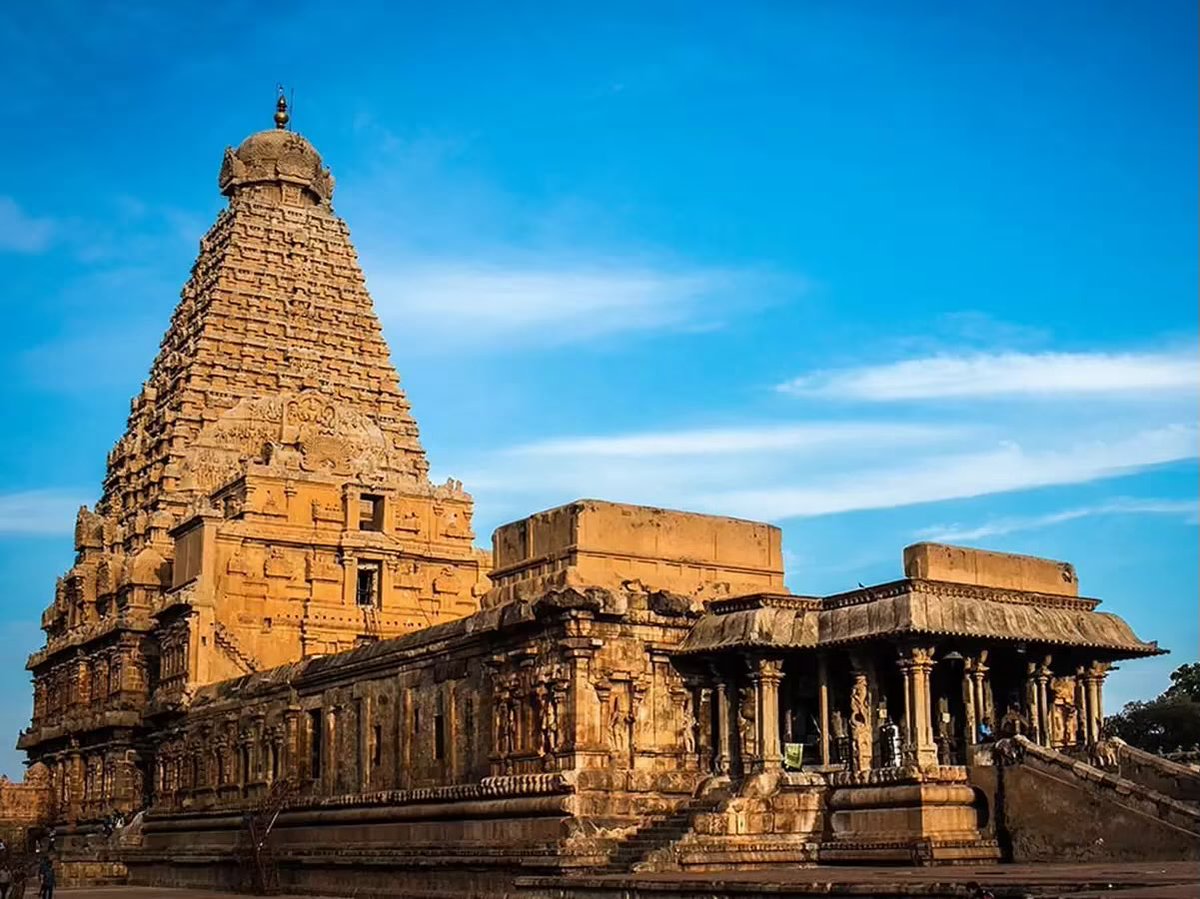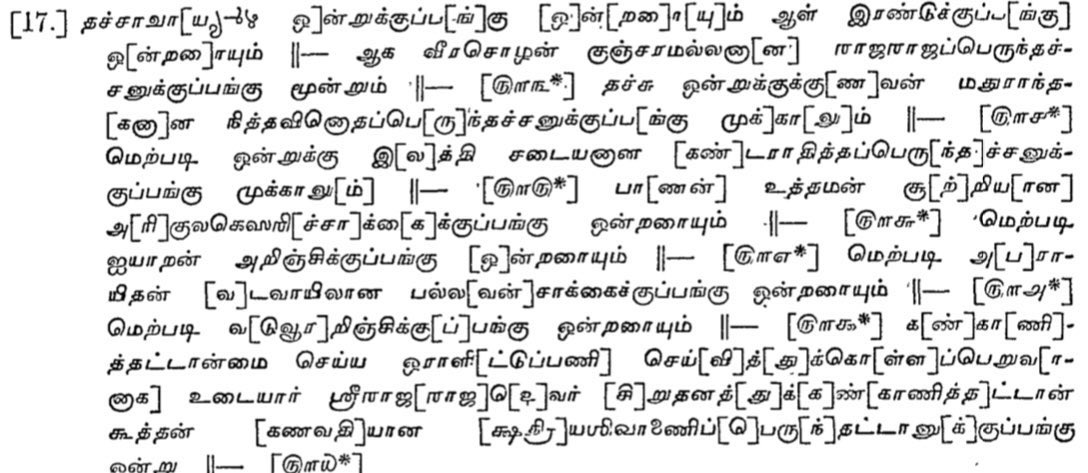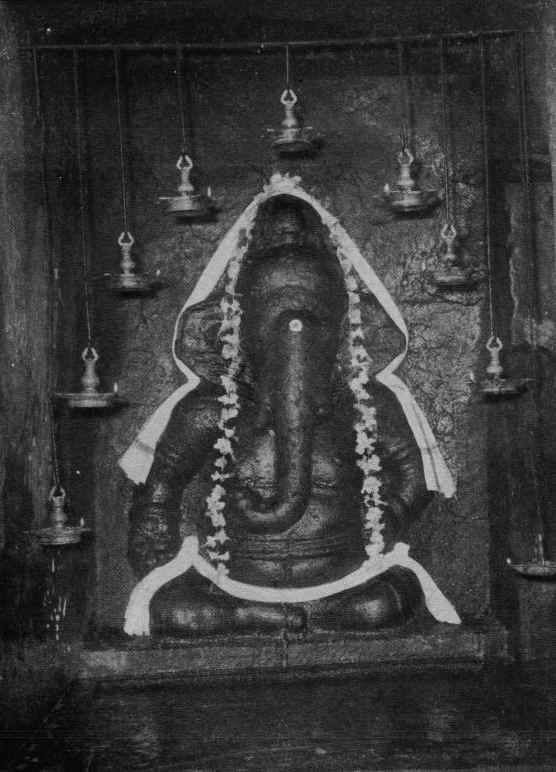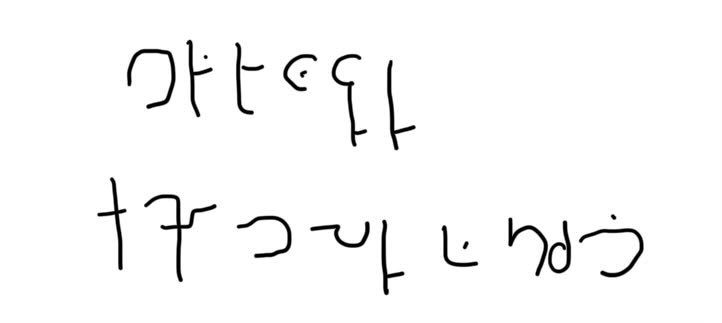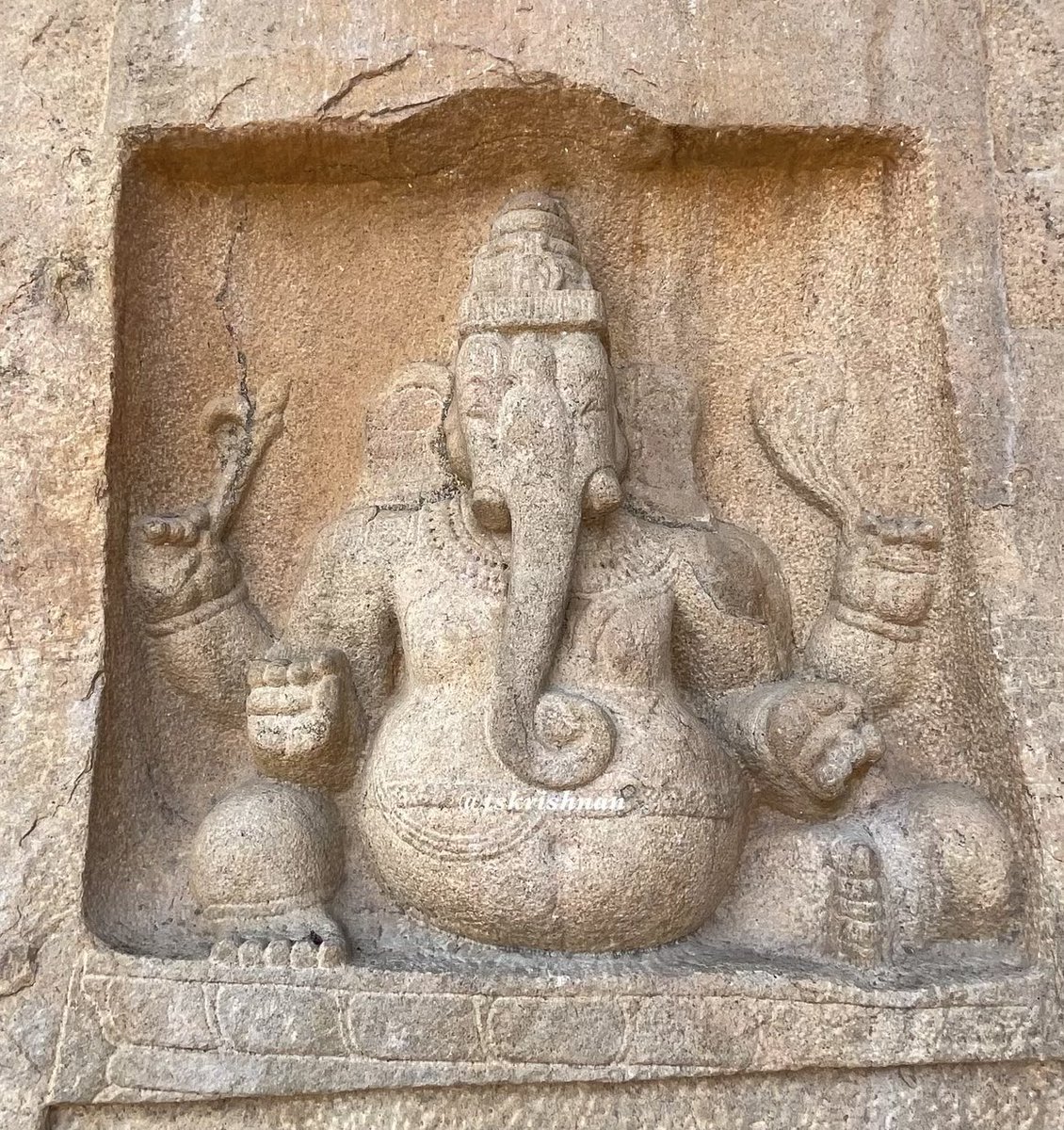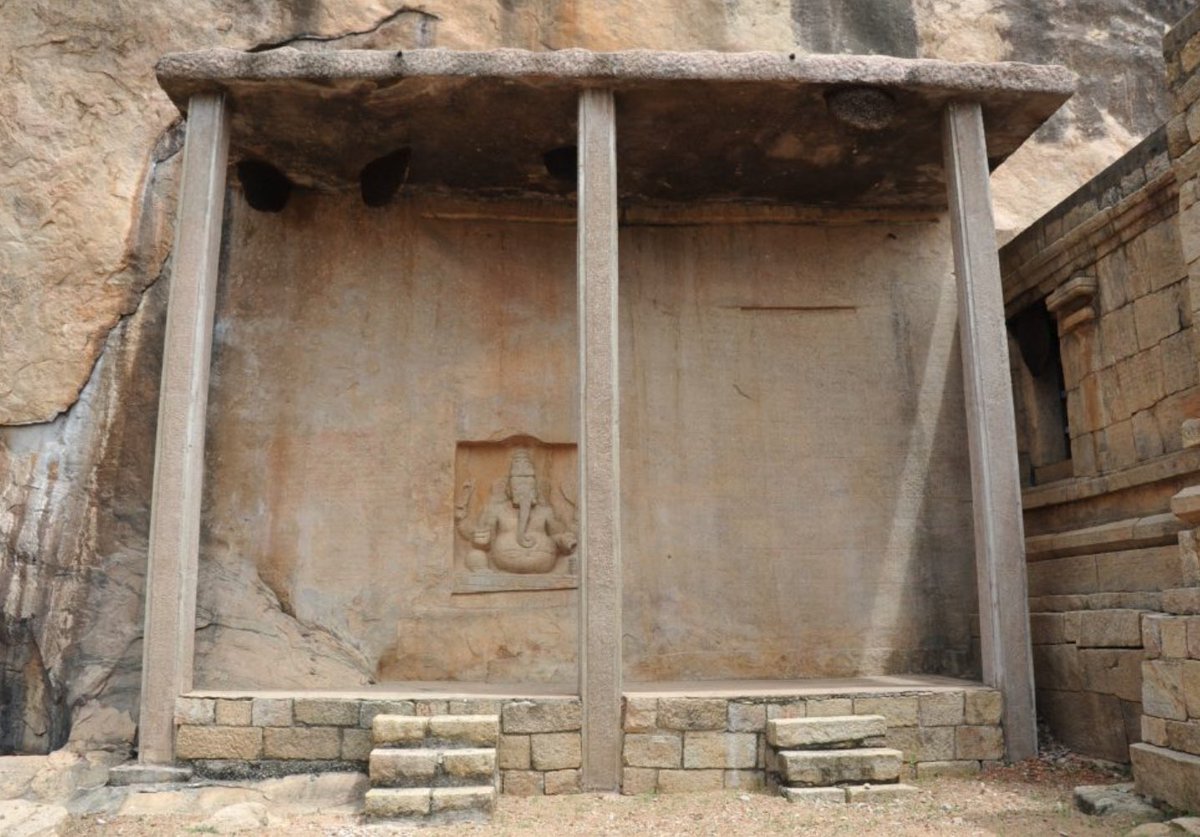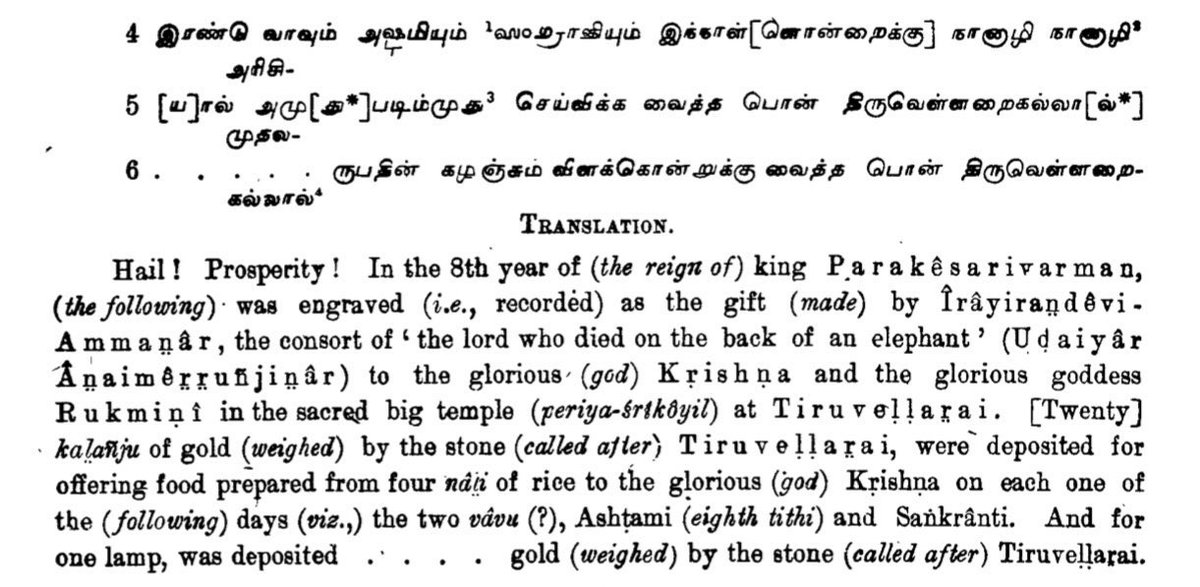The Ther (temple Chariot) is one of the main reasons why Thirumalai Nayakar has instituted the #Chithiraithiruvizha. He made two big chariots for the temple & Ratha Utsavam used to happen during the month of Masi (hence the street name). But there weren’t enough people to pull 



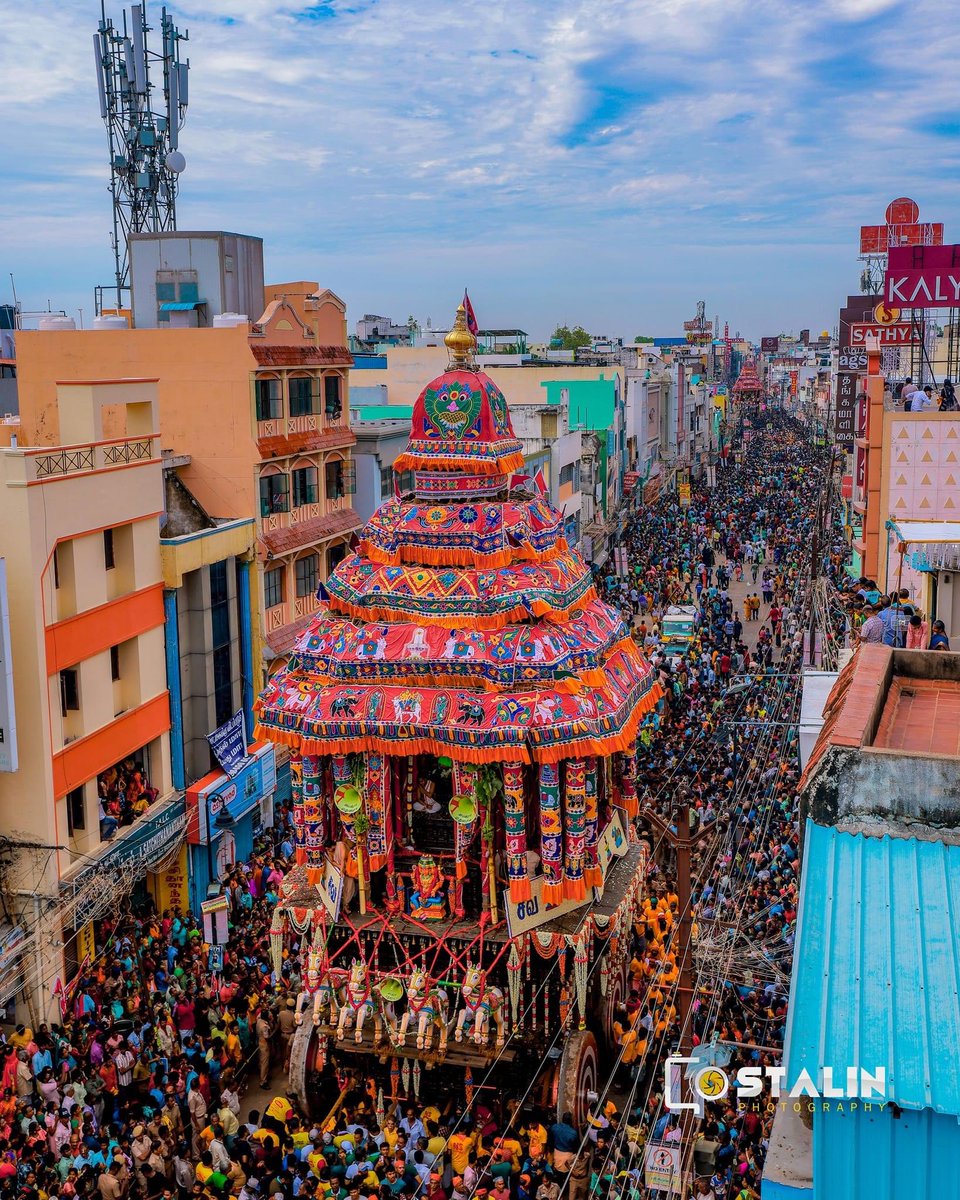



them as it was a busy harvest season. On the other hand during Chithirai month, the Pournami festival was celebrated in a grand manner in the nearby Alagar Kovil. Sri Kallalagar used to come to a place called Thenur on the banks of Vaigai to bless ‘Manduka Maharishi’, a Rishi 





affected by a curse as per the legends. As it is a ‘free’ month, lakhs of people used to come for this festival from the surrounding villages. Thirumalai thought of using them to pull Madurai temple Ther. So he changed the chariot festival to Chithirai along with Thirukalyanam. 



He made Alagar to come to Madurai instead of Thenur & created a Mandapa for the villagers in Madurai. He consolidated these festivals with the consultation of Agamic experts like Neelakanta Dikshitar. He also constituted a ‘Kattalai’, a grant for conducting this festival 



He had also ensured that Murugan from Tirupparankundram also comes to Madurai to participate in the marriage ceremony, so that villagers from there can also come to Madurai & be part of the festival. By all these, he made a lasting legacy for himself & Nayakar dynasty 





• • •
Missing some Tweet in this thread? You can try to
force a refresh


